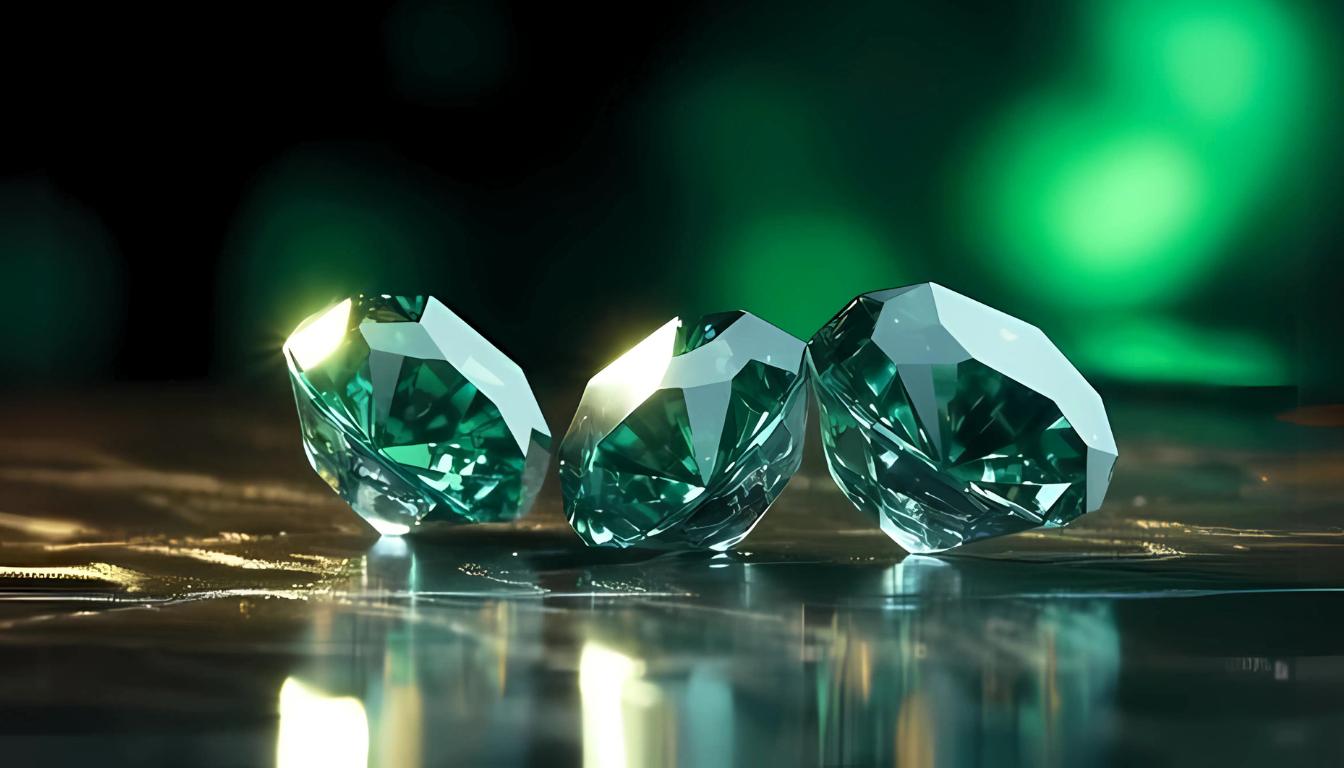Green diamonds are among the world’s most interesting and exotic gems. Rich in color, bright, and dazzling, they are created in a very complicated way—that is why enthusiasts and collectors pay great attention to this mineral. On the other hand, Purple Diamonds, known for their deep and mysterious hues, are equally captivating but much rarer. Their distinct color and beauty make them a highly sought-after treasure in the world of gemstones. This article will discuss the background information, properties, use, and maintenance of green diamonds, as well as their importance in world civilization.
Table of Contents
Understanding Green Diamonds

Formation and Color
This special sort of diamond’s green color is primarily due to the effects of natural radiation. Green diamonds do not originate their color from impurities like other colored diamonds. Yellow diamonds contain nitrogen, and blue ones have boron, but green gets its color from geological processes and radiation.
Gamma and x-ray radiation in the earth’s crust can cause a change in the crystal structure of a diamond, causing it to turn greenish in color, with shades ranging from light mint green to horribly green. The saturation of the color depends on the duration and intensity of the radiation on the formation of the diamond.
Types of Green Diamonds
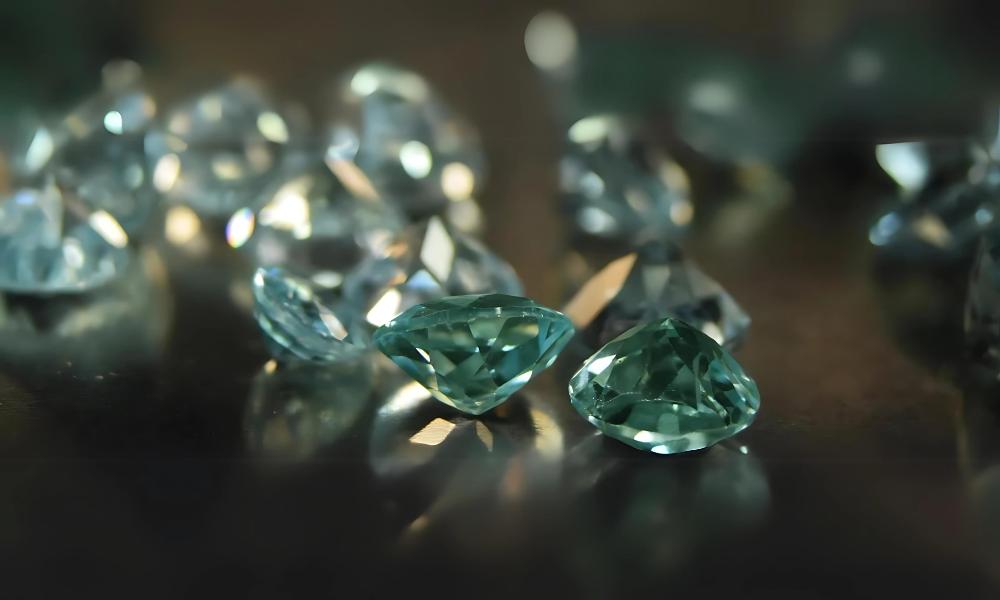
Natural Green Diamonds
These diamonds are of natural gem quality and are produced through natural processes. Their color is due to nature’s exposure to natural radiation for millions of years. They are also very special and rare, which makes them the most desirable by collectors of artistic pieces.
Fancy Color Diamonds
In the context of the gemological field, green diamonds are considered fancy diamonds. The Gemological Institute of America (GIA) rates them under hue, tone, and saturation scale. The darkest green to the color and the higher saturation gives value to the green diamond.
Synthetic Green Diamonds
As technology increases, lab diamonds can also be manufactured to be a shade of green. Synthetic diamonds are similar to natural ones, excluding the manner in which they have been formed.
Characteristics and Colors

The color of green diamonds can be categorized into several shades:
Fancy Light Green: A light, baby shade of green that may be considerably cheaper than darker greens.
Fancy Green: A medium, moderate lightness and a relatively low amount of chroma.
Fancy Intense Green: A richer, deeper color and is much preferred appropriately.
Fancy Vivid Green: The final shadow is also the most valuable color plane in relation to the depth of saturation.
Clarity and Cut
Each green diamond may have inclusions like any other diamond, or it may have a different color because of the presence of some inclusions. However, the level of clarity that is involved can enhance or hamper the value of the signals. It also determines whether a diamond reflects light and even the clarity and color of the diamond that makes it bestselling and luxurious. Green diamonds are rare to find, and when cut well, they will definitely have brilliance and appear sparkling green.
Carat Weight
The chemical composition of the diamond also influences its value. Like all other diamonds, the size or carats tell the value of a green diamond. However, since green is a rare color, small green diamonds can often be more expensive than a larger diamond of any other color.
The Value of Green Diamonds
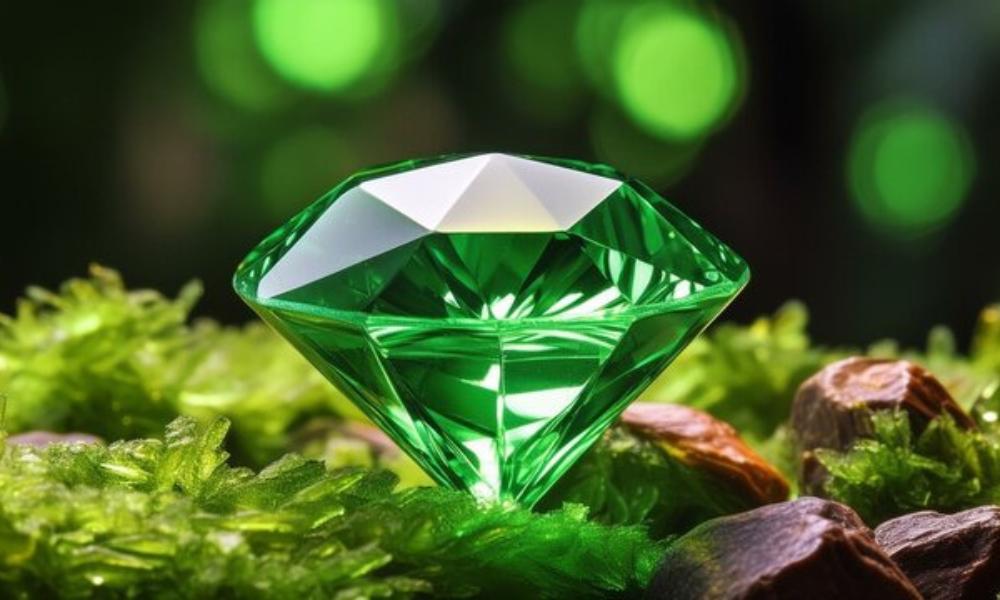
Green diamonds are among the most expensive colored diamonds and are in great demand among auction houses and collectors. Due to their scarcity, natural diamonds and, more particularly, intense hues of green can command premium values over yellows or browns.
New trends are slowly emerging within the luxury sphere, and green diamonds occupy a special place among them. Many famous designers and brands are starting to add these gems to their products, stimulating the market and raising prices.
Famous Green Diamonds
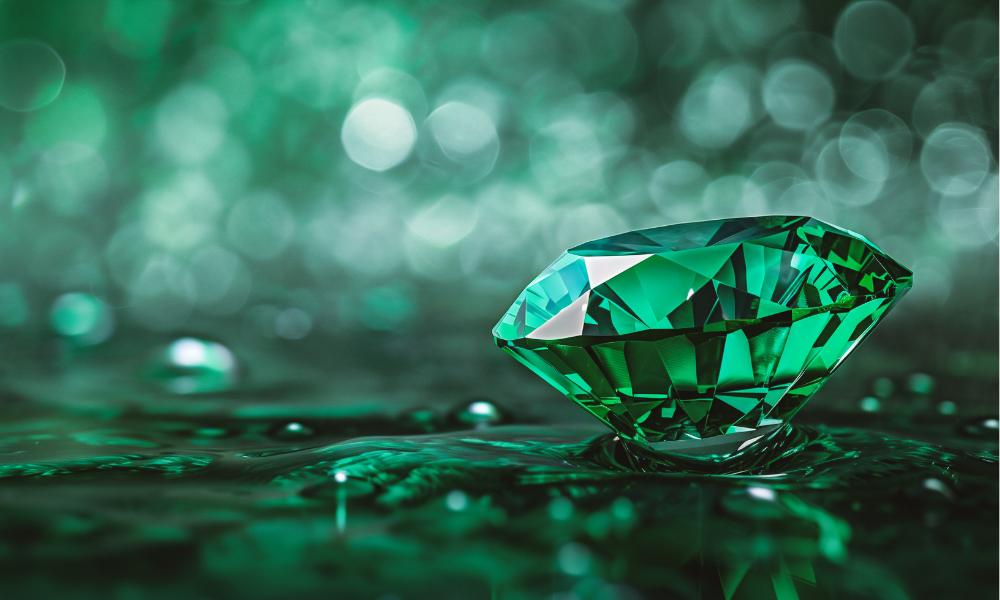
- The Dresden Green Diamond:
Formerly known as the Reunion Diamond, it is the largest green diamond in the world, measuring 41 carats. With its deep green enamel and its historic value, it is one of the main pieces in the Green Vault in Dresden, Germany.
- The Imperial Green Diamond:
Measuring 5.25 carats, this diamond is bright and belongs to an owner with one’s company.
- The Fancy Vivid Green Diamond Ring:
Extremely popular and recently sold for a record price at auction, this ring is a true testament to the appeal of Neon Green Diamond.
Cultural Significance
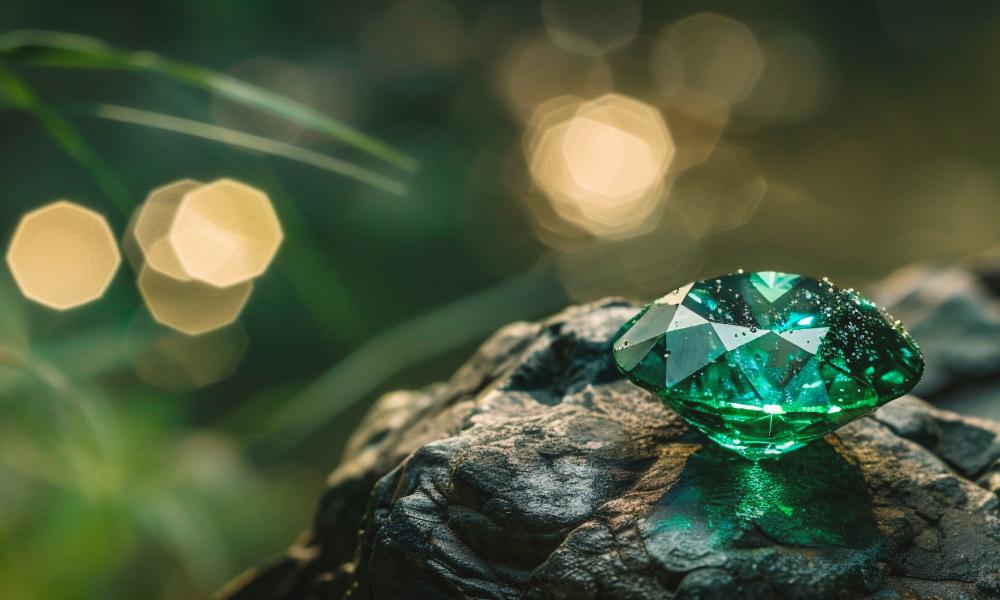
In addition to becoming popular among gem lovers, green diamonds have played cultural roles in the past. In different cultures, green is associated with nature, fertility, and prosperity. While it concerns gems, green diamonds denote regeneration.
Caring for Green Diamonds
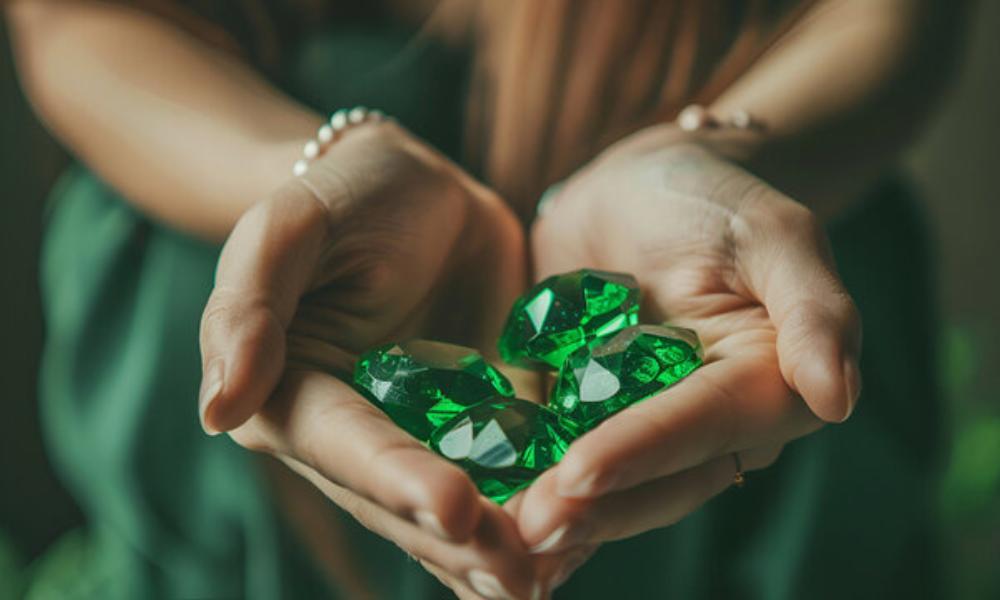
As with all other diamonds, green diamonds, too, must be worn and stored correctly if they are to remain attractive and bright. Here are some tips for keeping your green diamond looking its best:
Regular Cleaning: To clean your diamond, use warm water mixed with soap and a soft brush. Do not expose the material to abrasive chemicals that may harm the stone or its mount.
Safe Storage: Diamonds should be stored separately because they are delicate and can easily be scratched. A soft pouch or a small box lined with paper is preferable.
Professional Maintenance: It is sometimes advisable to take your diamond to a professional jeweler for an examination and then for cleaning to maintain its perfect condition.
Conclusion
This green diamond is nothing short of class. They are natural treasures, rare and beautiful, and they have cultural value. However, as collectors and enthusiasts search for such extraordinary stones, the demand increases. Green diamonds are bound to turn heads as an investment or simply an exotic addition to any jewelry collection over several generations.
FAQs about Green Diamonds
Q1. Are green diamonds very expensive?
A one-carat fancy green diamond can be sold for $50,000–$100,000 per carat; fancy intense green diamonds are $150,000–$200,000 per carat, and fancy vivid green diamonds are over $300,000 per carat.
Q2. Is a green diamond a real diamond?
Emerald green diamond is among the rarest and most valuable diamonds known to man. Yet why does something so beautiful or even breathtaking remain relatively rare? Technically, it is the incorporation of extra elements that causes color in gemstones 99 percent of the time.
Q3. How rare is a green diamond?
Greenish diamonds like the one illustrated above are extremely rare. It is estimated that today, there are approximately 300 examples of more than one carat in size worldwide. Vivid green diamonds above three carats are generally only seen in museums. I guess that systematics has identified somewhere around 10 around the globe.
Q4. What is the rarest diamond color?
Red diamonds are the rarest, and some of the rarest diamonds worldwide are red ones. Otherwise referred to as Fancy Reds, their color varies from deep orange-red to brownish-red tones. About 60% of red diamonds can be traced back to the Argyle Diamond Mine located in Australia.
Q5. What color diamond is the cheapest?
Despite the fact that white (not clear, but diamonds with a milky-white tone) and black diamonds are scarce, they have not been able to attract the public’s preference and interest and are regarded as the least valuable among all colored diamonds.
Stay Tuned to Gems Tycoon for all gems-related articles.

